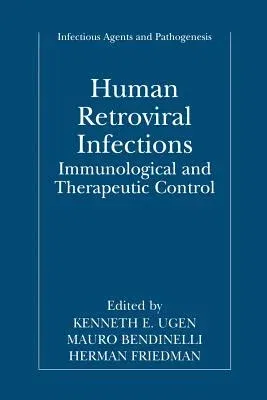The discovery of the human T cell leukemia virus type I in the late
1970s heralded a new era in retrovirology. For the first time, it was
demonstrated that a retrovirus could play a role in the development of a
human disease, in this case adult T cell leukemia (ATL). Several years
later, the acquired immunodeficiency syndrome (AIDS) epidemic began, and
it was dem- strated that a retrovirus, originally designated the human T
cell lymp- tropic virus type 3, was the causal agent of this syndrome.
This virus, later named the human immunodeficiency virus type 1 (HIV-1),
has since been extensively studied in terms of its pathogenesis as well
as its ability to elicit immune responses. In that time, a tremendous
amount of information has been obtained about the virus. Although recent
drug regimens have been useful in significantly lowering viral loads and
perhaps maintaining an asymptomatic state among individuals infected
with HIV-1, an established "cure" for AIDS eludes us. In addition, the
effective drug therapies are very expensive, and are not available to
infected people in the third world, where greater than 90% of new
infections occur. Furthermore, the development of viral resistance
against the drug therapies is an additional concern. Despite extensive
study, no effective vaccine has been developed. One of the problems in
developing an effective vaccine against HIV-1 is the ability of the
virus, particularly in the immunogenic envelop glycoprotein, to undergo
amino acid hypervariability.


